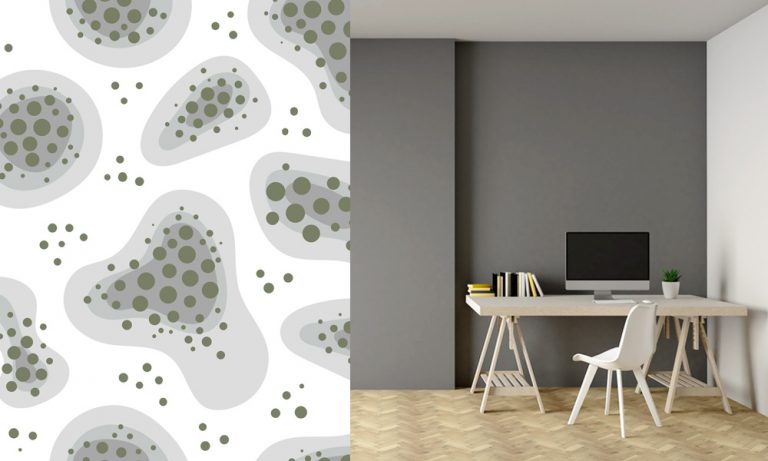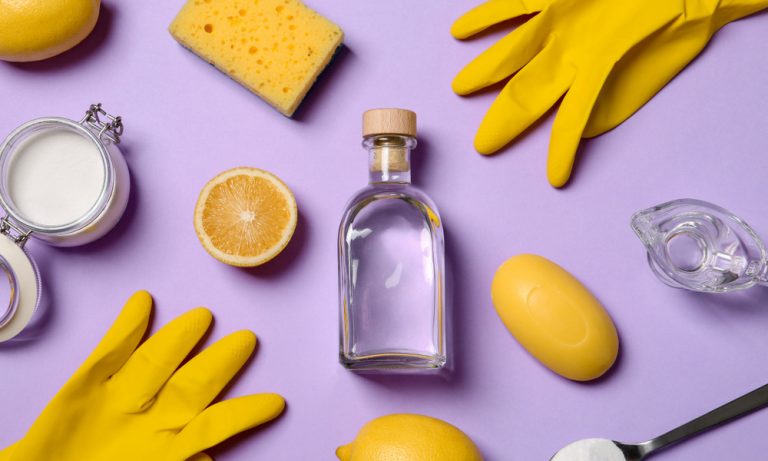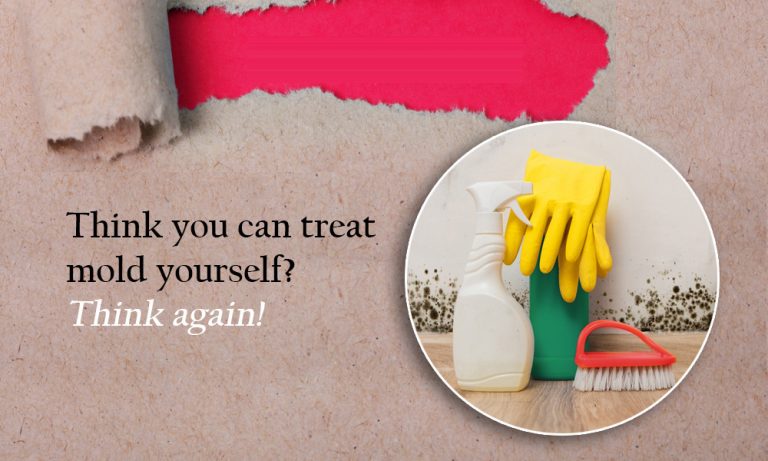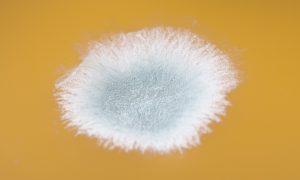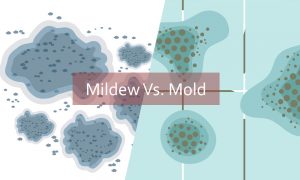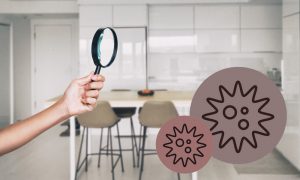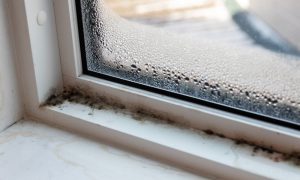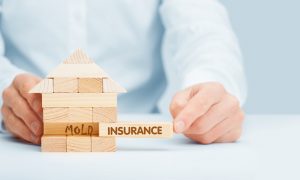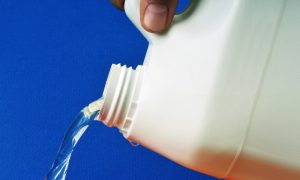The rapid outbreak of COVID-19 in the past few months and current moves towards a return to normal has led to a countrywide need for emergency restoration and specialized coronavirus disinfection service.
High-level disinfection for COVID-19 has become even more popular with current reports indicating that the virus remains viable on surfaces. It can last between a few hours to several days, depending on the type of surface.
As such, routine cleaning and disinfection is a best practice to prevent the transmission of coronavirus within households, public spaces, and organizational facilities as recommended by the Center for Disease Control and Prevention (CDC).
This article seeks to give a thorough overview of disinfection for COVID-19 in homes, offices, schools, and other public areas. The article will cover the following:
- What is high-level COVID-19 disinfection?
- Why is it important to disinfect facilities for COVID-19?
- What kinds of facilities need to be disinfected for COVID-19?
- How often should facilities be disinfected for COVID-19?
- Tips on cleaning and sanitizing your spaces for COVID-19
- Misconceptions on COVID-19 disinfection for facilities
- Common questions on COVID-19 disinfection
What is high-level COVID-19 disinfection?
High-level disinfection refers to the removal of germs on surfaces through the use of chemicals formulated to kill such bacteria. These chemicals include specialized disinfectants registered by the Environmental Protection Agency (EPA), which should be utilized following the CPC and EPA joint guidance for cleaning and disinfecting public places, workspace, schools, businesses, and homes.
According to the CDC, disinfection levels can be categorized into three based on the type of organism or pathogens being destroyed in the process. Hence we have high-level disinfection, intermediate level disinfection, and low-level disinfection.
High-level disinfection covers the destruction of all potentially pathogenic organisms and involves the process of sterilization.
Preventative disinfection
Cleaning and disinfecting carried out as part of an approach to prevent the risk of contracting infectious diseases such as the coronavirus can be categorized under preventive disinfection.
Preventive COVID-19 disinfection within a premise is carried out as a measure to lower the risks of cross-contamination when there has been no confirmed case of an infection within the area being disinfected.
Preventative disinfection for COVID-19 can also be referred to as precautionary disinfection is done when there has been no confirmed case OF COVID-19 within such premises. The process helps maintain a high level of hygiene and reduce the risk of spread.
Post COVID-19 infection decontamination
Deep cleaning and specialized disinfection services are required for offices, schools, homes, and businesses where there have been cases of a confirmed coronavirus patient’s visit. This process is what is termed the post-COVID-19 decontamination.
Generally, decontamination is the process of reducing the pathogens on an area known to have been contaminated. The process of decontamination includes cleaning as well as disinfection and sanitizing.
Why is it important to disinfect facilities for COVID-19?
The CDC has confirmed that the best household preventive cleaning practice for the COVID-19 period is cleaning, followed by disinfection. However, this does not only apply to households but also public spaces and workspaces. Cleaning and disinfection is a necessary safety precaution to prevent the spread of COVID-19 and reduce contamination.
To reaffirm the importance of COVID-19 disinfection, the CDC, in its guidelines for reopening public places, recommended regular cleaning and disinfection for all premises.
What kinds of facilities need to be disinfected for COVID-19?
The World Health Organization encourages disinfection practices to reduce the potential for COVID-19 contamination in hospitals and different kinds of non-healthcare settings like homes, offices, schools, and public spaces like restaurants, casinos, movie theaters, airports and other forms of buildings.
Specialized COVID-19 cleaning and disinfection services are recommended for the following categories of spaces;
i. Residential Areas – This includes home sanitizing services and home disinfection services for private residential buildings and premises.
ii. Office, Workspace – COVID-19 disinfection services for offices and commercial spaces like retails centers and shopping malls.
iii. Food Industries – High-level sanitation and disinfection services for hotels, restaurants, cafes, and other food-producing facilities.
iv. Schools, Day Cares – High-level disinfection and sanitizing services for schools, day-cares, and other academic institutions.
v. Healthcare facilities like hospitals, clinics, gyms, spa and similar premises.
vi. Public Places – disinfection services for libraries, gyms, casinos, movie theaters, and other publicly accessible facilities.
Note, it is essential to mention that according to the WHO, disinfection for COVID-19 is not recommended for areas such as roads, sidewalks, unpaved walkways, streets, and open markets. Spraying disinfectants in such outdoor areas can pose a threat to people’s health resulting in skin irritation or damage to the eyes and respiratory system
How often should facilities be disinfected for COVID-19?
Considering the duration at which the coronavirus stays active on different kinds of surfaces, it is advised that cleaning and disinfecting should be done as often as possible. However, because too much disinfectants can result in harmful consequences for health, then caution should be taken in the use of disinfectants.
The frequency of cleaning and disinfection should be based on how often these surfaces are used. Disinfection is also recommended after receiving a visitor or when a surface has been touched by an infected person.
The use of EPA approved disinfectants is vital to COVID-19 disinfection as much as the adherence to CDC guidelines regarding the operation, concentration, and Personal Protective Equipment (PPE).
Tips on cleaning and disinfecting your spaces for COVID-19
Although the CDC has not reported any documentation of the coronavirus being spread from surface to person, it has advised regular cleaning and disinfection of surfaces as a means to reduce the spread of the virus.
Here are some tips for homes, offices, schools and other buildings for cleaning and disinfection
Prioritize frequently touched surfaces
The World Health Organization (WHO) advises that high touch surfaces should be given priority disinfection. Areas such as window handles, table/countertops, doorknobs, kitchen, food preparation areas, light switches, sinks, faucets, toilets, bathroom surfaces, work surfaces, desks, and electronics especially touchscreen devices, should be identified, cleaned and disinfected more frequently.? Additional surfaces include remote controls, toys, and game controllers.
Cleaning should be done before disinfection
WHO recommends that surfaces be cleaned first before disinfection. Such cleaning should be done with water and soap or detergent to ensure that the surface to be disinfected is free from dirt. Also, one should begin cleaning from the area that is least soiled to the dirtiest areas as this will prevent the spread of dirt from a polluted area to a clean space. Once the surfaces are properly cleaned, then it can be followed by disinfection.
Soak not spray
In applying disinfectants within indoor spaces, the use of spray is highly discouraged. It is recommended that one cleans by soaking a cloth in the disinfectant and using it to wipe surfaces. Routine application of disinfectant by spraying may result in harmful consequences to health like inhalation problems, eye and skin irritation, and so on.
Keep away from premises while disinfecting
This is even more important for children and pets. People should stay away from the area being sanitized until it has become dry and free from any odor. To speed up the process, you should keep the space well ventilated by leaving widows open or using fans.
Use appropriate personal protective equipment
This includes but not limited to rubber gloves, closed footwear, waterproof aprons, protective eye wears, and medical masks. The minimum PPE for carrying out disinfection in non-healthcare settings, according to WHO, is rubber gloves, waterproof aprons, and closed shoes.
Do not clean and reuse disposable items used during disinfection.
Misconceptions on COVID-19 disinfection for facilities
Several misconceptions are flying around since the inception of the COVID-19, causing a lot of panic and confusion. Some of these misconceptions are listed below and discussed briefly
Thermal scanners can detect COVID-19
This is just a myth and has no truth in it. Thermal scanners are used for detecting if people have a fever that is higher than average body temperature. Although this could be a symptom of COVID-19, it does not necessarily mean that such a person has the virus. Several other health issues can cause fever.
There is a cure for COVID-19
While WHO confirms that several drug trials are going on, there is currently no evidence that any specific drug can cure COVID-19.
Applying or spraying disinfectants on the body can prevent getting the coronavirus
Using disinfectants on the body or ingesting such can be very poisonous and dangerous to health and should be avoided. Bleach spray or other disinfectants can result in severe damage to the skin, eyes and it doesn’t mean such a person will be protected from an infection
5G mobile networks spread COVID-19
Currently, there is no evidence to support the notion that coronavirus travels in radio waves or mobile networks.
COVID-19 spreads through respiratory droplets that can be carried from an infected person when they cough sneeze or speak. People can also be infected if they touch a contaminated surface and then touch their eyes, nose, or mouth before washing their hands.
Common questions on COVID-19 disinfection
What is the difference between cleaning and disinfecting?
Cleaning, according to the CDC, is the removal of visible soil like germs, dirt, and impurities from surfaces and objects through the use of water combined with detergents or enzymatic products. The process of cleaning can be done either manually or mechanically and can lower the risk of spreading infection.
On the other hand, disinfecting is the use of chemicals to kill germs on surfaces. Hence if you need germs to be executed on surfaces, then disinfection becomes mandatory.
Unlike disinfection, cleaning does not necessarily lead to the destruction of pathogens or microorganisms. Cleaning simply covers soil removal, which may include dirt, mucus, or blood, but not the removal of pathogens or organisms invisible to the eyes.
Based on these explanations, a surface may be thoroughly cleaned but not disinfected.
Cleaning aids disinfection by removing specks of dirt and any other organic materials, which may trap harmful microbes and reduce the disinfection process’s efficacy.
Is it necessary to disinfect animal (pets) fur or skin during COVID-19 disinfection?
While animals can carry some form of bacteria or fungi in their fur or hair, the disinfection of animals is not recommended. A few people to animal incidence of COVID-19 infection have been recorded, making it vital to maintain good hygiene for you and your pets. Also, because animals and pets generally can help spread germs through their fur, the FDA recommends the practice of healthy habits around pets or animals. This includes washing hands before and after interacting with pets and making use of face cloth covering when handling pets’ feces.
For how long should a building be closed after disinfection?
Workspace, homes, or any other facilities do not necessarily need to be closed after disinfection to prevent COVID-19. You can keep the facility well ventilated and move back in once surfaces are dry and odors can no longer be perceived.
If a facility has been disinfected after a confirmed case of COVID-19, areas visited by the person proved to have the virus should be closed for at least 24 hours after disinfection.
Should outdoor playgrounds like schools and parks be cleaned and sprayed with disinfectants to prevent COVID-19?
For outdoor areas like parks and playgrounds, it is sufficient to apply routine cleaning. According to the CDC, spraying disinfectant on outdoor playgrounds is not an efficient use of disinfectant supplies and has not been proven to reduce the risk of COVID-19 to the public. Instead, you should focus on cleaning on high touch areas like play structures, handles, railings, and grab bars. Also, ensure children wash their hands frequently.
How can wastewater workers protect themselves from Covid-19?
Although there have been reports of COVID-19 found in treated wastewater, the CDC does not recommend any extra precaution for wastewater workers on COVID-19. The body suggests that standard practices associated with wastewater treatment plant operations are sufficient to protect workers from causes COVID-19.
Conclusion: Routine cleaning and disinfection should be carried out with caution and strict adherence to guidelines laid down by regulating bodies. Hence, the need to obtain expert disinfection services for your premises.
Our services is made up of a team of highly skilled IICRC certified experts who are well trained in the process of keeping surfaces and the environment free from all forms of germs, viruses, and bacteria regardless of the level of contamination.
We provide both cleaning disinfection services done with state of the art tools and modern technologies that allow us to reach hidden areas that regular cleaning may not cover. Our specialized COVID-19 cleaning and disinfection services utilize EPA registered disinfectants while following CPC guidelines on PPE, concentration, and regulated timing.
More importantly, we understand the need for thoroughness and are available 24 hours, seven days for emergencies.
Contact us for an inspection visit to your facility and a free estimate.
This article was originally published in Jul-2020 and was last updated in Nov-2020.
Author: Kenny


